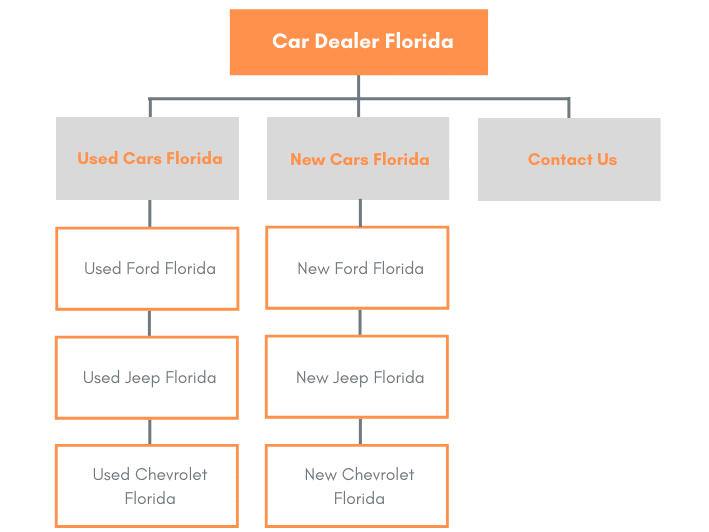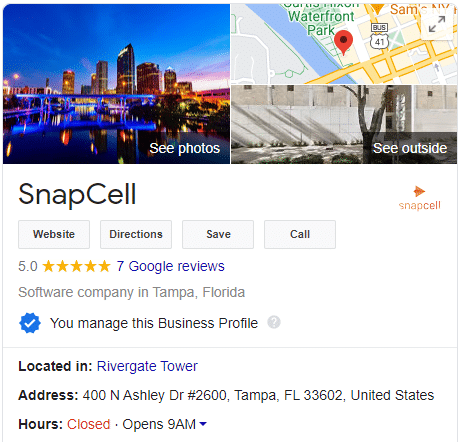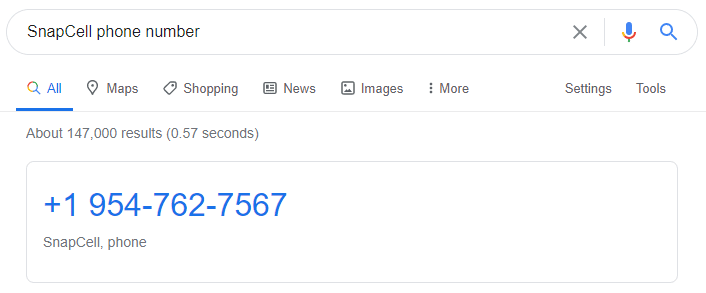
What is SEO for car dealers?
SEO is the process of preparing and maintaining your car dealer website in order to make it more visible in search engines. There are over 200 known ranking factors when it comes to SEO, some of which are very important, whilst others will make just a very small impact on your performance. Google changes its algorithm throughout the year. In fact, in 2020 Google made 3,620 changes to its algorithm, led by a team of experienced engineers and data scientists.
Is SEO important for car dealers?
In short, yes. By optimising your website, you’ll be helping Google and other search engines to understand your site better, leading to better search engine results, more organic traffic and a greater number of enquiries. It really is that simple. SEO is also said to be the second highest converting marketing channel, after video marketing. Being at the top of Google also suggests to your customers that you’re the leading dealership in your state and a pioneer within the industry.
How can I better optimise my car dealer website?
Whilst fully learning the art of SEO can take years of hard work, research and specialist courses, we’ve provided our top tips on improving your search engine visibility, without the use of an agency. All you need is access to your website, some uninterrupted time to learn and a little patience. So, without further adieu, check out our SEO tips for car dealers below.
SEO-friendly website
Having an SEO-friendly website is our first SEO tip for car dealers, not to mention the foundation of good search engine performance. Whilst there’s far more to it than just having a good website, having a clear site architecture and straight-forward usability will really help. Google uses your main menu to navigate around the site, just like a user would. Ensure the user journey is simple, yet thorough. You want to ensure that your customers can reach each page within a click of a few buttons, or else you risk losing their attention. After all, a good dwell time (how long someone spends on your site) actually positively affects your rankings.
Whatsmore, the best website providers will have key technical SEO components built into the platform, such as ways to prevent 404 errors (commonly caused by broken links to pages that no longer exist). Don’t be afraid to ask your website provider how their platform supports your SEO visibility. Of course, it’s also important that you’re able to make key changes yourself, as you’ll need to do this to better optimise your site, using our tips below.
Keyword research
All SEO strategies start with keyword research. Keyword research in the process of choosing what phrases or search terms you want to appear in Google for. The easiest way to choose your keywords is to, first,
gather a list of terms that you deem relevant to the business. What do you think people would search for? Remember that when buying a car, consumers are usually looking for a local business. With that in mind, consider targeting ‘Used Cars in Florida’ as opposed to just ‘Used Cars’, for example.

Once you’ve gathered a list, you’ll want to use a tool like Google Keyword Planner to check how many people each month are searching for your keywords, known as the ‘average monthly search volume’. That way you’ll know what people are actually searching for and can remove any terms with no search volume from your list. If you’re really serious, investing in a tool like SEM Rush or Moz’s Keyword Explorer can help you to come up with keywords that you’d not even thought of, plus a lot more. Overall, be realistic with your keyword choice. You can always add more keywords to your strategy in the future.
Next, you’ll need to decide which keywords you optimise on which pages. For the best SEO results, only optimise one to two keywords per page and ensure that the keywords are highly relevant to the content on that page. Don’t optimise the same keyword across multiple pages, as this can cause confusion for Google. Creating a keyword sitemap can really help, as this will determine many of your other SEO efforts, such as meta data, content and alt tags.
Meta Data
Once you’ve chosen your keywords, you’ll want to include your keywords in your meta titles and meta descriptions. Your meta titles and descriptions (known as your metadata) should be unique across the website. Metadata also helps Google to understand the topic of the page and also shows key information about your business within the search engine results, as shown to the left.

Headings
Put simply, your headings are the titles that sit just above your content. Again, keep these unique across the website. You’ve probably noticed by now that Google just loves unique content. When it comes to headings, these come in the form of H1s, H2s and H3s, etc. Most platforms allow you to choose between these options. Opt for an H1 for your main heading, including the keyword where natural to do so. This is the strongest type of heading, from Google’s perspective and there should only ever be one per page. You can have as many H2 and H3s as you like, but try to follow the correct hierarchy, with H2s following an H1 and H3s following your H2s.
Alt Tags
Google doesn’t see images like humans do. Instead, it sees a lump of code. Improve your SEO and help Google to better understand your images and overall page topic by including alt tags. In many platforms, you can add these when uploading the image. The alt tag should summarise exactly what’s in the photo, including keywords where natural to do so.
Content
Your website’s content is one of the most important SEO elements on your website. Google loves information-rich content, which means that, generally, the more content on your website the better. Content should always be unique and never duplicated, as Google devalues content that is copied from elsewhere. Try to include your keywords several times within your content, but do so in a natural way. The content should be written with the user in mind, so consider what information would your customers find useful, as well as answering subsequent questions that are relevant to the general topic and page.
Backlinks
A backlink is a link from another website to yours. Google treats these backlinks as a ‘vote of confidence’ in your website. Generally speaking, having lots of good quality backlinks pointing towards your website is great for SEO. That said, the focus should be on quality and not quantity. Google makes it clear that paid-for links go against its guidelines and so any links that you acquire should be done so in a natural way. Consider asking any partnering businesses to link to your site, offer to write an article on an authoritative automotive blog in return for a link, and expand your social media profiles.
Google My Business
Formerly known as Google Maps, Google My Business is a free Google tool that allows businesses to reach customers within its map results. Start by creating your listing, or claiming an existing listing if you already have one. Google dislikes duplicate listings, so stick to just one per location. Google loves information-rich listings, so include as much detail within your listing as possible, including opening hours, services covered, a detailed description about your dealership, business categories and plenty of images. The number and sentiment of reviews is also a key SEO ranking factor, so encourage your customers to leave a positive review about their experience at your car dealership. Explore our Google My Business for car dealers article for further information.
Schema
Schema is essentially a type of code that allows Google to digest and understand key information better. You can wrap the Schema code around key elements on your site, including your business address, phone number, opening hours, car models, prices, reviews and much more. Schema helps Google to pull that information directly into its search results, known as a rich snippet, as shown below.

The best car dealer platforms have Schema readily built in. Others will require this to be added manually by a developer. If in doubt, your website provider should be happy to discuss Schema with you. After all, they’ll want their platform and your website to perform as much as you do.
So, there we have our top SEO tips for car dealers. If you’re expanding your marketing strategy, consider using video marketing tool SnapCell to build better customer relationships and drive more sales. SnapCell is the number one automotive video tool used by sales, service and BDC departments, allowing you to create walkaround videos, technician videos and virtual test drives in just a few clicks. Schedule a demo today to see what SnapCell can do for you.



